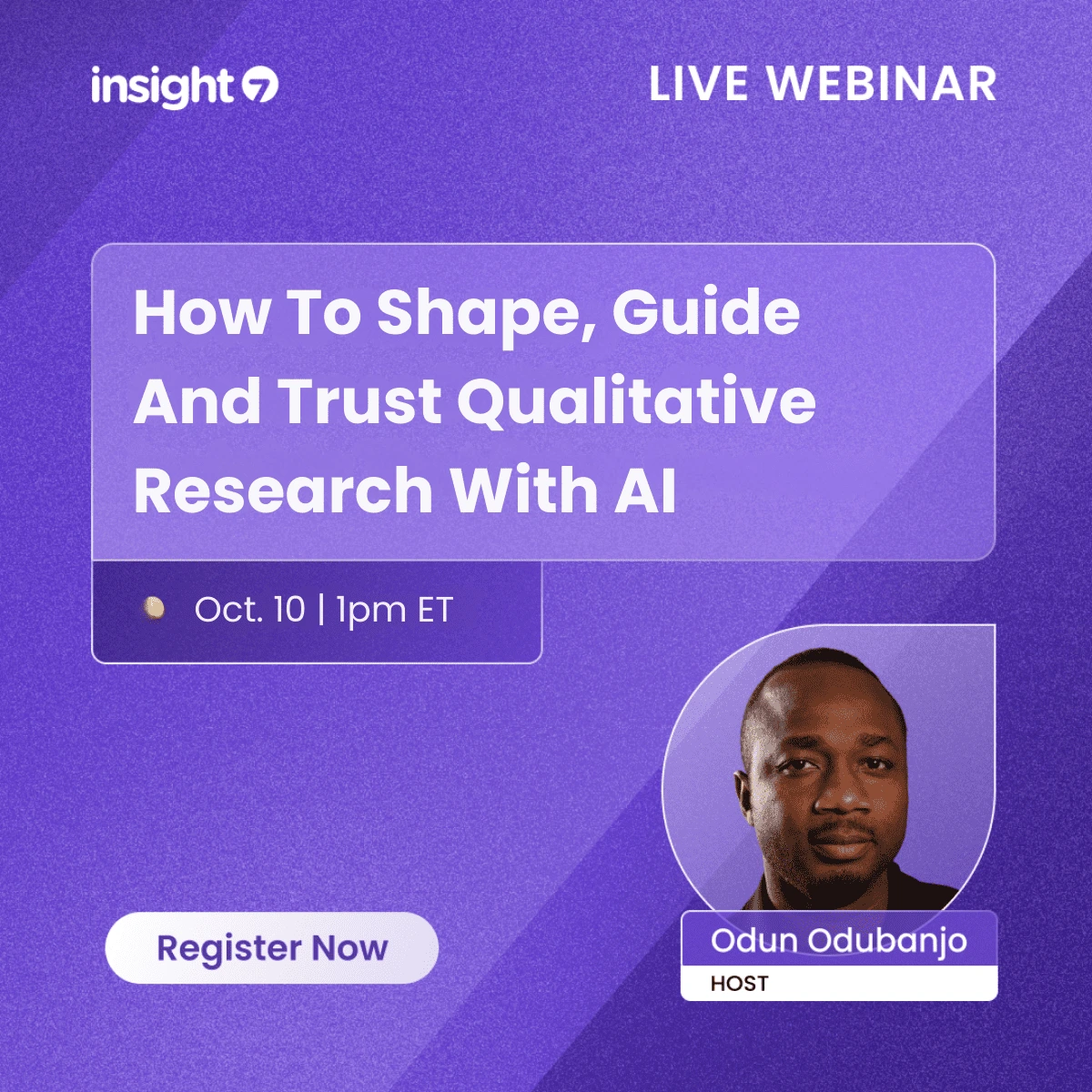Call Center Voice Analytics Software: Key Features Buyers Demand
-
Bella Williams
- 10 min read
Call Center Voice Analytics Software is a powerful tool designed to analyze customer interactions through voice data, providing insights that enhance customer experience and operational efficiency. This guide covers the essential features that buyers should look for, the benefits of implementing this technology, and practical steps for successful integration.
The Role of Call Center Voice Analytics in Modern Customer Service
In today's competitive landscape, call center voice analytics has become a critical component for organizations aiming to improve customer service and operational performance. By leveraging voice data, businesses can gain actionable insights into customer sentiment, agent performance, and process efficiency. This technology fundamentally shifts the approach from reactive customer service to proactive engagement, enabling organizations to anticipate customer needs and streamline operations. Effective implementation requires collaboration among various teams, including IT, customer service, and data analytics, to ensure seamless integration and utilization of insights.
Understanding Call Center Voice Analytics: Core Concepts
Call Center Voice Analytics refers to the process of capturing and analyzing customer interactions through voice recordings, utilizing advanced technologies like natural language processing (NLP) and machine learning. Unlike traditional methods that focus on historical data, voice analytics provides real-time insights, enabling organizations to act swiftly and effectively.
Core Capabilities: This approach empowers organizations to:
- Enhance Customer Experience: By understanding customer sentiments and feedback.
- Improve Agent Performance: Through performance metrics and coaching opportunities.
- Identify Trends and Patterns: That inform strategic decision-making.
- Ensure Compliance: By monitoring conversations for regulatory adherence.
- Optimize Operations: By identifying process inefficiencies.
Strategic Value: Voice analytics facilitates data-driven decision-making, aligning customer service strategies with business goals.
Why Are Call Centers Investing in Voice Analytics?
Context Setting: Organizations are transitioning from legacy systems to modern voice analytics solutions to keep pace with customer expectations and market demands.
Key Drivers:
- Customer Insights: Traditional methods often miss nuanced customer feedback, leading to missed opportunities.
- Operational Efficiency: Voice analytics provides actionable insights that streamline workflows and reduce costs.
- Real-time Feedback: Immediate access to customer sentiment allows for quicker adjustments in strategy.
- Enhanced Training: Data-driven coaching enables more effective agent training programs.
- Regulatory Compliance: Ensures adherence to industry regulations and standards.
Data Foundation for Call Center Voice Analytics
Foundation Statement: Building a robust voice analytics system requires a comprehensive data strategy that encompasses diverse voice data sources.
Data Sources: Utilizing a multi-modal approach enhances the accuracy of insights.
- Call Recordings: Primary source of customer interactions.
- Transcripts: Textual representation for deeper analysis.
- CRM Data: Customer profiles and interaction history.
- Surveys and Feedback Forms: Supplementary data for sentiment analysis.
- Social Media Interactions: Broader context of customer sentiment.
Accuracy Benefit: A diverse data foundation improves the reliability of insights and predictive analytics.
Key Components of a Call Center Voice Analytics Stack
Stack Overview: Effective voice analytics systems consist of several interconnected components that work together to deliver insights.
Component Descriptions:
- Data Capture Module: Records and stores voice interactions for analysis.
- Speech Recognition Engine: Translates spoken language into text for further processing.
- Sentiment Analysis Tool: Evaluates customer emotions based on voice tone and word choice.
- Reporting and Visualization Dashboard: Displays insights and metrics in an understandable format.
- Integration APIs: Facilitates seamless connection with existing call center technologies.
Quality Emphasis: Ensuring high-quality data input is crucial for generating actionable insights.
Success Dependency: The effectiveness of the system relies heavily on the quality and diversity of input signals.
How Does Call Center Voice Analytics Work Step by Step?
Step 1: Data Collection
Collect voice data from various channels, including inbound and outbound calls.
Step 2: Data Processing
Utilize speech recognition technology to convert voice recordings into text format for analysis.
Step 3: Sentiment Analysis
Analyze the transcribed data to identify customer sentiments and emotions.
- Emotion Detection: Identify positive, negative, and neutral sentiments.
- Keyword Extraction: Highlight significant phrases that indicate customer intent.
Step 4: Pattern Recognition
Identify recurring themes or issues in customer interactions.
- Trend Analysis: Monitor changes in customer sentiment over time.
- Agent Performance Patterns: Evaluate how different agents handle various situations.
Step 5: Insight Generation
Use machine learning algorithms to generate actionable insights and recommendations based on the analyzed data.
Step 6: Reporting and Recommendations
Deliver insights through dashboards and reports, providing specific recommendations for improvement.
- Example Output 1: Customer satisfaction scores by agent.
- Example Output 2: Common customer complaints and suggested resolutions.
- Example Output 3: Training needs identified based on performance metrics.
Call Center Voice Analytics Application Areas and Use Cases
Customer Experience Improvement
- Prediction Method: Analyze sentiment trends to predict customer satisfaction.
- Recommended Action: Implement changes in service protocols based on feedback.
Agent Performance Management
- Analysis Approach: Evaluate agent interactions to identify training opportunities.
- Follow-up Action: Provide targeted coaching sessions based on analytics.
Compliance Monitoring
- Identification Method: Detect compliance violations through conversation analysis.
- Proactive Scheduling: Schedule reviews for agents with high compliance risk.
Process Optimization
- Forecasting Approach: Use historical data to predict call volume and staffing needs.
- Optimization Action: Adjust workforce management based on predictive insights.
Additional Use Cases
- Method Description: Utilize voice analytics to enhance marketing strategies.
- Resulting Action/Benefit: Tailor marketing campaigns based on customer feedback.
Platform and Tool Selection for Call Center Voice Analytics
When selecting a voice analytics platform, consider factors such as integration capabilities, scalability, and user-friendliness.
Comparison Table:
| Feature | Insight7 | Traditional Alternative |
|---|---|---|
| Real-time Analysis | Yes | Limited |
| Sentiment Detection | Advanced | Basic |
| Integration APIs | Comprehensive | Minimal |
| Custom Reporting | Flexible | Rigid |
| User Interface | Intuitive | Complex |
Common Pitfalls in Call Center Voice Analytics Implementation
Context Warning: Many organizations struggle with voice analytics due to a lack of understanding of the technology and its requirements.
Major Pitfalls:
- Poor Data Quality: Inaccurate data leads to misleading insights.
- Lack of Stakeholder Buy-in: Without support from key stakeholders, implementation efforts may falter.
- Technical Limitations: Inadequate infrastructure can hinder performance.
- Integration Challenges: Difficulty in connecting with existing systems can limit effectiveness.
Success Foundation: Avoiding these pitfalls requires a strategic approach, including thorough planning and stakeholder engagement.
How Do You Get Started with Call Center Voice Analytics?
Step 1: Assess Integration Capabilities
Evaluate potential platforms for compatibility with existing systems.
Step 2: Data Synchronization
Ensure seamless data transfer between voice analytics software and other tools.
Step 3: Configuration Options
Customize settings to align with organizational goals and workflows.
Step 4: Training Process
Implement training programs for staff utilizing historical data for context.
Step 5: Customization for Stakeholders
Adapt the system to meet the needs of different teams within the organization.
Step 6: Ongoing Optimization
Regularly review performance metrics and adjust strategies as needed.
Optimal Call Center Voice Analytics Configuration and Setup
ROI Optimization: Maximize return on investment by ensuring the system is configured to meet specific business objectives.
Best Practices:
- Data Diversity Requirement: Incorporate various data sources for comprehensive analysis.
- Stakeholder Involvement: Engage all relevant teams in the implementation process.
- Historical Data Timeframe: Utilize sufficient historical data for accurate trend analysis.
- Review Cadence: Establish regular review periods to assess system performance.
- Automation Integration: Leverage automated processes for efficiency.
Building a Call Center Voice Analytics Strategy That Scales
A scalable voice analytics strategy begins with cross-functional collaboration. Teams must define shared objectives and agree on data types to ensure comprehensive insights. Implement prioritization frameworks for insights and feedback loops to refine processes continuously. Ongoing refinement is essential, as voice analytics is an evolving technology that benefits from iterative improvements. Establish clear metrics to measure success and impact.
Call Center Voice Analytics Benchmarks and Success Metrics
Evaluation Framework: Setting clear benchmarks is vital for assessing the effectiveness of voice analytics.
Core Metrics:
- Customer Satisfaction Score (CSAT): Measures overall customer satisfaction with interactions.
- First Call Resolution Rate: Tracks the percentage of calls resolved on the first contact.
- Average Handle Time (AHT): Measures the average duration of customer interactions.
- Agent Utilization Rate: Indicates how effectively agents are being utilized.
- Compliance Rate: Tracks adherence to regulatory standards.
Universal Principle: The overarching rule is that value is derived from improved decision-making and enhanced customer experiences.
Frequently Asked Questions
Q: What is Call Center Voice Analytics?
A: Call Center Voice Analytics involves capturing and analyzing voice interactions to derive actionable insights that improve customer service and operational efficiency.
Q: How does it differ from traditional call monitoring?
A: While traditional monitoring focuses on historical reviews, voice analytics provides real-time insights and predictive capabilities.
Q: What platforms are compatible with voice analytics tools?
A: Most modern voice analytics solutions integrate with popular CRM and call center software, enhancing overall functionality.
Q: What data is required for optimal results?
A: Ideal data sources include call recordings, transcripts, CRM data, and customer feedback.
Q: How long does implementation take?
A: Implementation timelines vary, but organizations can expect a few weeks to several months depending on complexity.
Q: What security measures are in place for voice data?
A: Voice analytics platforms typically adhere to industry standards for data security and compliance, ensuring customer privacy.
Q: What are the most common challenges in implementation?
A: Challenges often include data quality issues, lack of stakeholder engagement, and integration difficulties.
Conclusion
Call Center Voice Analytics is essential for organizations looking to enhance customer experience and operational efficiency in a competitive landscape. Selecting the right voice analytics platform enables teams to leverage insights effectively, driving measurable outcomes and continuous improvement.







